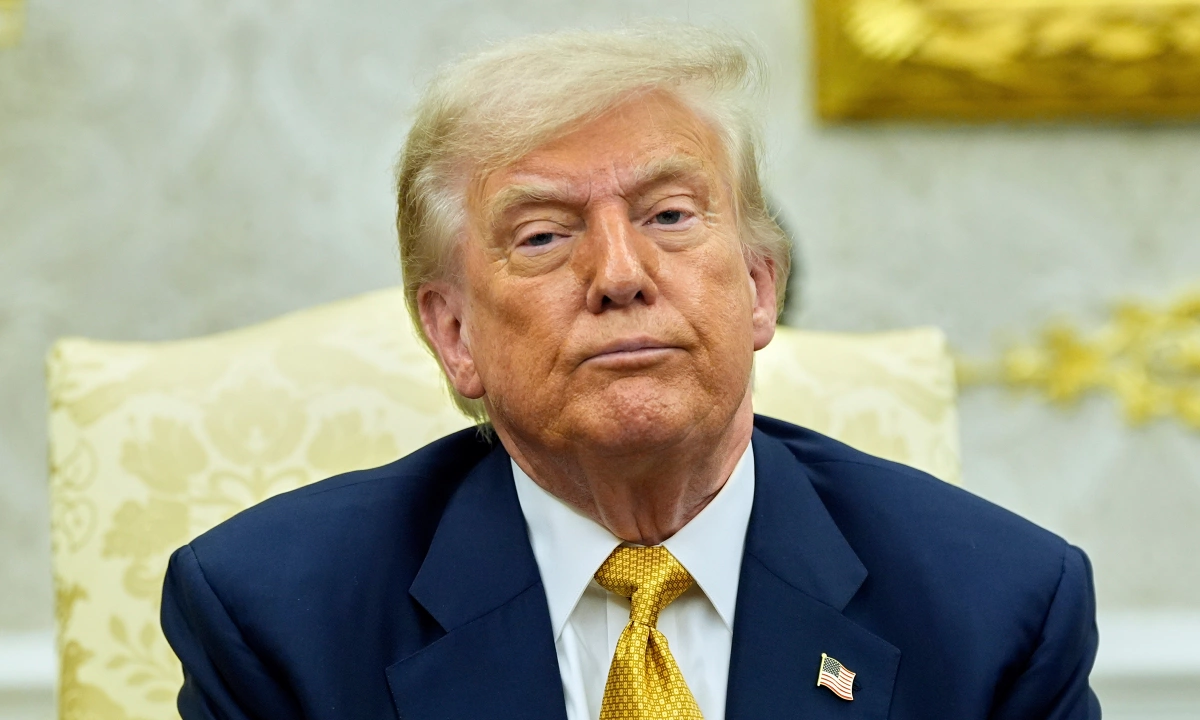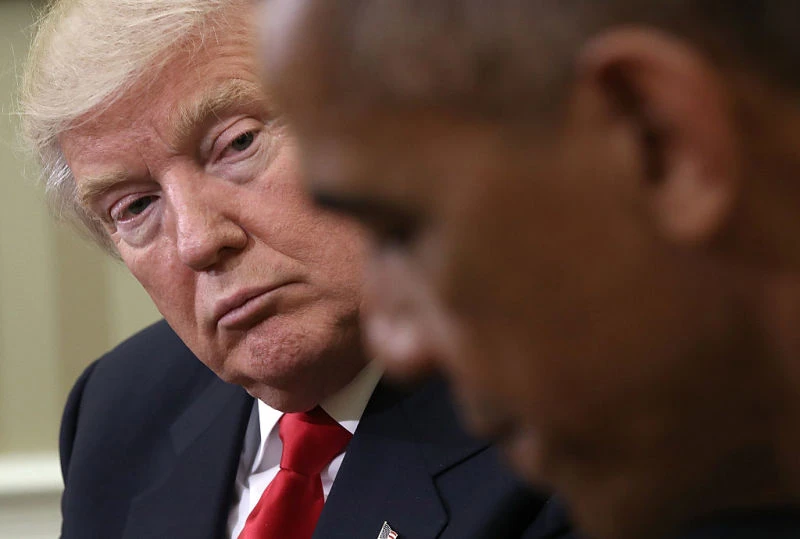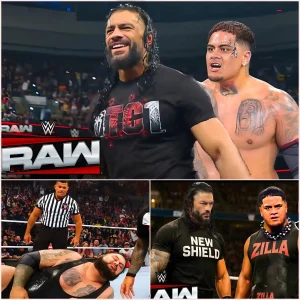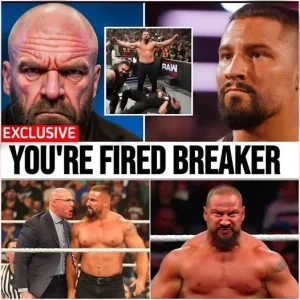The political landscape was set ablaze when Director of National Intelligence Tulsi Gabbard accused former President Barack Obama of masterminding a “treasonous conspiracy” to undermine Donald Trump’s 2016 election victory. Gabbard, a former Democratic congresswoman turned Trump ally, released declassified documents on July 18, 2025, claiming they exposed Obama’s national security team, including figures like James Clapper and John Brennan, for manufacturing intelligence to fuel the Russia collusion narrative. According to Gabbard, this was a calculated effort to delegitimize Trump’s presidency, launching what she called a “years-long coup” against the will of the American people. The allegations, aired on Fox News, sent shockwaves through Washington, with Trump amplifying the claims on Truth Social, praising Gabbard’s findings as proof of “the greatest witch hunt in American history.”

Trump’s reaction was jubilant, as he reposted Gabbard’s Fox News interviews and shared an AI-generated video on July 20, depicting Obama being arrested in the Oval Office to the tune of “Y.M.C.A.” The video, originally posted on TikTok by a MAGA supporter, featured Democratic leaders saying “no one is above the law” before transitioning to a fabricated scene of Obama in handcuffs, grinning Trump looking on. The post, viewed as a provocative jab, drew both cheers from Trump’s base and criticism for its inflammatory nature. Democrats, including Senator Mark Warner, dismissed Gabbard’s claims as “baseless” and accused her of weaponizing her position to distract from Trump’s controversies, particularly his handling of the Jeffrey Epstein case.
Gabbard’s report leaned heavily on documents, including a December 2016 email from Clapper’s assistant, suggesting Obama requested a new intelligence assessment on Russia’s 2016 election activities. Gabbard argued this contradicted earlier intelligence findings that Russia was “probably not” trying to influence the election through cyberattacks. However, critics like Representative Jim Himes pointed out that the 2017 Intelligence Community Assessment never claimed Russia altered vote tallies, focusing instead on disinformation and hack-and-leak campaigns to favor Trump. A bipartisan Senate Intelligence Committee report in 2020 corroborated Russia’s interference, undermining Gabbard’s narrative. Democrats accused her of cherry-picking evidence to fit Trump’s long-standing “Russia hoax” claims.

The plot thickened when Obama, silent until now, reportedly released a secret video that turned the tables on Trump. Though details of the video’s contents remain unconfirmed, sources suggest it contains footage of Trump in a compromising context, possibly tied to his past association with Epstein. The video’s release, hinted at through cryptic statements from Obama’s camp, sent Trump into a frenzy, with aides describing him as “stunned” and “panicked.” The footage, allegedly from a 2016 meeting, has sparked speculation about its authenticity and impact, with some claiming it could reshape public perception of Trump’s character. The lack of clarity around the video’s specifics has only fueled the fire, with X posts buzzing about its potential to “stagger the nation.”
This clash underscores the deep divisions in American politics, where truth is often a casualty of narrative warfare. Gabbard’s accusations, while rallying Trump’s supporters, face scrutiny for lacking definitive evidence of a conspiracy. The Obama video, if real, could shift the focus back to Trump’s vulnerabilities, especially amid ongoing Epstein-related controversies. Both sides are playing a high-stakes game, leveraging media and declassified documents to sway public opinion. Trump’s embrace of AI-generated content and Obama’s strategic silence followed by a bombshell video highlight the evolving tactics in political combat. As investigations into Gabbard’s claims proceed, with the Justice Department now involved, the nation watches a saga that blends fact, fiction, and raw political ambition. The fallout from this confrontation, whether it vindicates Trump or exposes him further, will likely shape the discourse leading into future elections.






